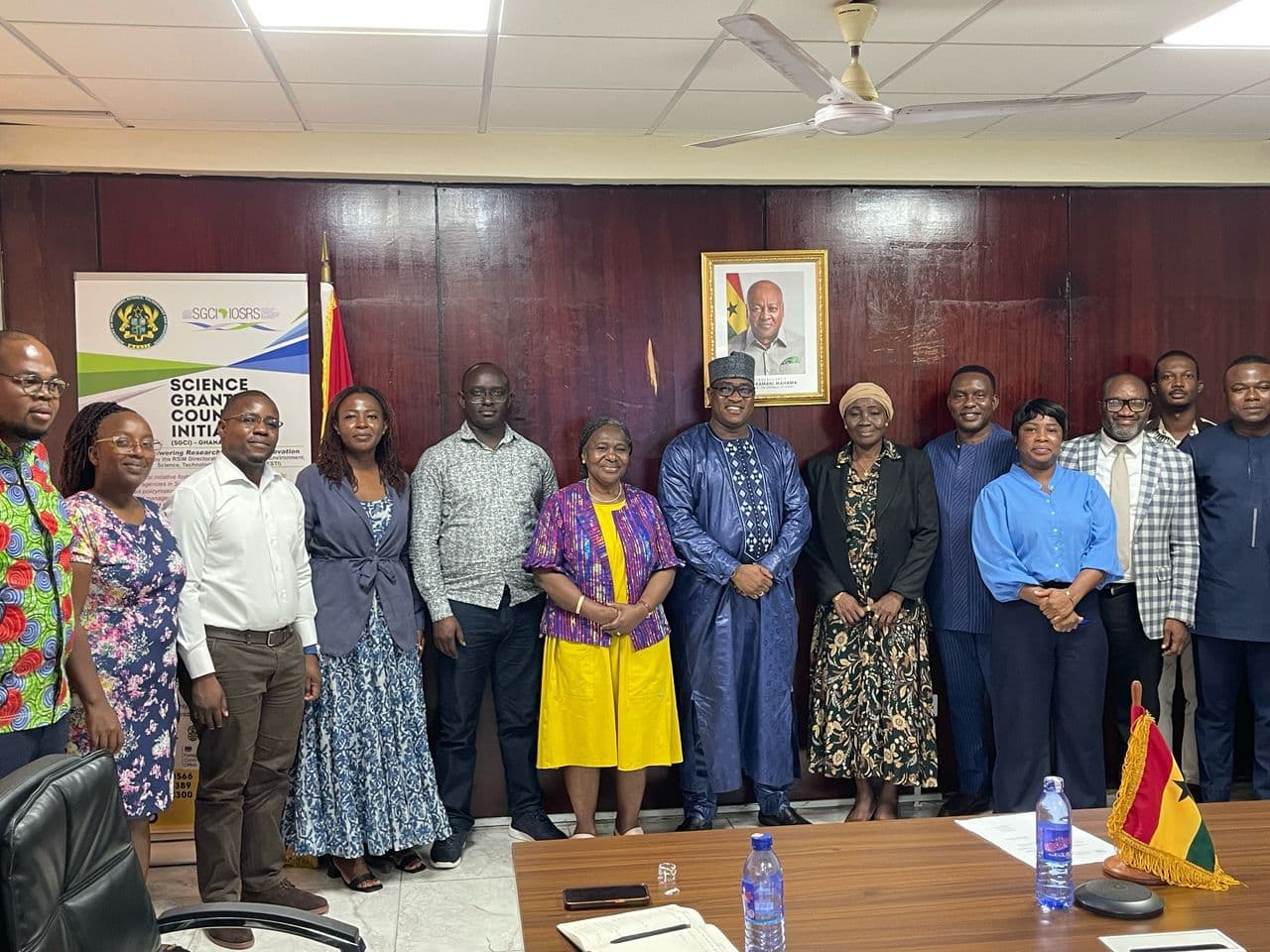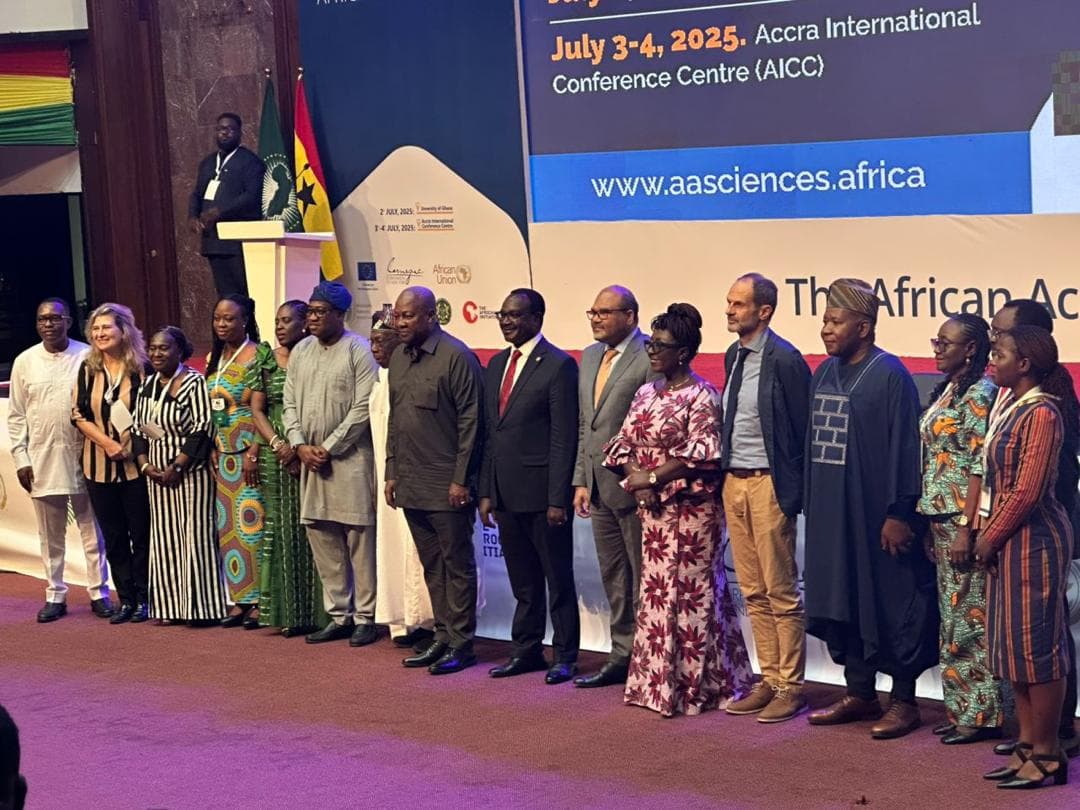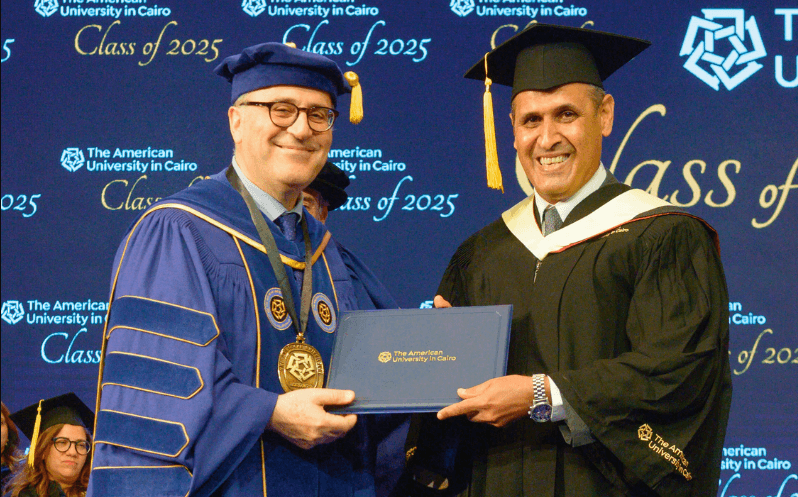News

Science is evolving, and with it, new technologies offer a lifeline in tackling food safety. But it must leap off research papers and into the daily lives of farmers, vendors and consumers.
As the world becomes increasingly connected and complex, the safety of our food remains one of the most fundamental public health issues of our time. Whether you’re in a bustling city or a rural farming community, food safety matters. It’s not just about avoiding stomach aches, it’s about preventing life-threatening diseases, protecting livelihoods and maintaining trust in the systems that feed us.
As researchers studying how harmful bacteria like E. coli or Klebsiella contaminate fresh produce, we’ve seen how fragile the food chain can be. Contamination can occur at any stage, from the quality of irrigation water and the condition of soil, to how livestock are managed near crops. And when these pathogens are resistant to antibiotics, the consequences become even more severe. In parts of Africa, where food insecurity is already a concern, the risks of unsafe food are amplified. Food safety must be seen not only as a scientific concern but as a matter of social justice.
The exciting (and urgent) question today is: what role can science and AI play in addressing this issue?
This is not an abstract issue. It’s a daily reality for millions. In informal markets, where many South Africans buy their food, safety can hinge on thin margins and even thinner regulations. But the myth that all informal food is unsafe needs to be debunked. Many vendors maintain excellent hygiene; what they need is support, not stigma. Fair regulation, training and infrastructure for these vendors would go a long way towards making food safety more inclusive and equitable.
What the public often doesn’t see is that food safety begins long before the supermarket shelf or dinner plate. It starts on the farm, with the quality of water, the cleanliness of tools and the handling practices throughout the food chain. It’s also linked to the presence of nearby animal husbandry – livestock such as pigs and chickens can be sources of contamination, particularly through irrigation water and runoff.
Science is evolving, and with it, new technologies offer a lifeline. Artificial intelligence (AI) in particular can help us predict food safety risks before they spiral into crises. Imagine a system where farmers can receive alerts if their water supply is contaminated, or where algorithms detect early warning signs of a foodborne outbreak from health and environmental data. AI can help inspect food quality faster, trace products more accurately and identify contamination patterns invisible to the human eye.
Critically, these tools must be affordable and accessible, not just for large-scale exporters, but also for smallholder farmers and local markets. Otherwise, we risk deepening inequality in the name of safety.
A safer and fairer food system in 10 years doesn’t start in the future, it starts today, with urgent and practical action. We need to invest in applied research, especially in emerging threats like antimicrobial resistance and climate-related contamination. We must support small-scale farmers and informal food workers with training, infrastructure and simple safety tools. We need adaptive policy frameworks that promote compliance through support, not just penalties. Food safety education must be embedded in schools and public campaigns, so that knowledge spreads beyond technical circles. And we need to break down silos between agriculture, health, technology and trade, because food safety is everyone’s issue.
There’s one more piece: public awareness. Too often, people believe that if food smells, looks and tastes fine, it’s safe. But many of the most dangerous pathogens don’t announce themselves. At the same time, people underestimate their own role in food safety. Washing hands, separating raw and cooked foods, refrigerating perishables – these aren’t trivial tasks, they are essential final steps on a much longer food safety journey. Consumers are vital guardians of food safety. The kitchen is often where the final barrier against illness lies.
When consumers understand their place in the system, and when producers are equipped to act, we get what World Food Safety Day is all about: a culture of prevention, not reaction.
In the end, science is only as powerful as its reach. It must leap off research papers and into the daily lives of farmers, vendors and consumers. It must inform policy, shape education and guide innovation, not for its own sake, but for the people who depend on safe food to live, work and thrive.
Food safety is not a distant issue. It’s the ground beneath our health systems, our economies and our everyday lives. As a researcher and African, I see the promise of a future where technology and tradition work together, where no one has to choose between having enough food and having safe food.
Manana Dlangalala is a PhD researcher at the University of Pretoria and a Fulbright Scholar. Professor Lise Korsten is President of the African Academy of Sciences and co-director of the DSTI-NRF Centre of Excellence in Food Security.
Original op-eds written by Manana Dlangalala and Lise Korsten and published in Daily Maverick.




